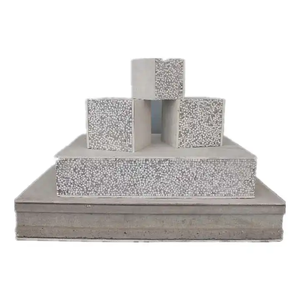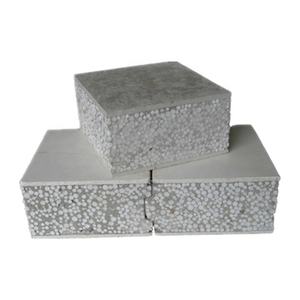Air-entraining admixtures (AEA) have been widely used in concrete production to improve its workability, enhance durability, and reduce the permeability of concrete. They are chemical additives that introduce small, evenly distributed air bubbles into the mix, which serve as micro-pore barriers that resist water ingress.
(Breathe Life: The Pros and Cons of Air-Entraining Admixtures)
Pros:
1. Durability: By incorporating air into the concrete mix, AEA significantly improves its resistance to freeze-thaw cycles, carbonation, and chemical attacks. This is due to the formation of a network of interconnected air bubbles that act as a physical barrier, protecting the concrete matrix from harmful elements.
2. Workability: AEAs help in achieving better workability and pumpability of the concrete mix, making it easier to handle and place during construction. This is particularly useful for high-strength concrete where maintaining proper flow can be challenging without the aid of AEA.
3. Reduced permeability: The presence of air bubbles reduces the overall porosity of the concrete, leading to a decrease in capillary absorption and water permeability. This makes the concrete more resistant to water damage and corrosion.
4. Improved compressive strength: Contrary to common belief, the addition of AEA does not significantly affect the ultimate compressive strength of the concrete. Instead, it enhances the strength of the concrete by improving its microstructure and reducing internal stresses.
Cons:
1. Cost: Air-entraining admixtures can increase the cost of concrete production. While the benefits they provide often justify the additional expense, it is crucial to consider the overall project budget when deciding whether to incorporate them.
2. Compatibility: Not all types of cement or aggregate combinations may be compatible with AEA. It is essential to conduct compatibility tests before adding AEA to ensure that the admixture does not negatively impact the concrete’s performance.
3. Environmental concerns: Some AEA formulations contain volatile organic compounds (VOCs), which can contribute to indoor air pollution if not properly managed. It is important to select eco-friendly AEA products and implement appropriate safety measures during their handling and application.
4. Potential impact on other admixtures: AEA might interact with other admixtures added to the concrete mix, such as superplasticizers or corrosion inhibitors. Careful consideration must be given to the sequence and dosages of these admixtures to avoid any adverse effects on the final product.
(Breathe Life: The Pros and Cons of Air-Entraining Admixtures)
In conclusion, air-entraining admixtures offer significant benefits in terms of durability, workability, and reduced permeability, but they also come with certain limitations and considerations. Proper selection, testing, and application are crucial to ensure that the use of AEA leads to optimal concrete performance while mitigating potential drawbacks.
Inquiry us
if you want to want to know more, please feel free to contact us. (nanotrun@yahoo.com)

